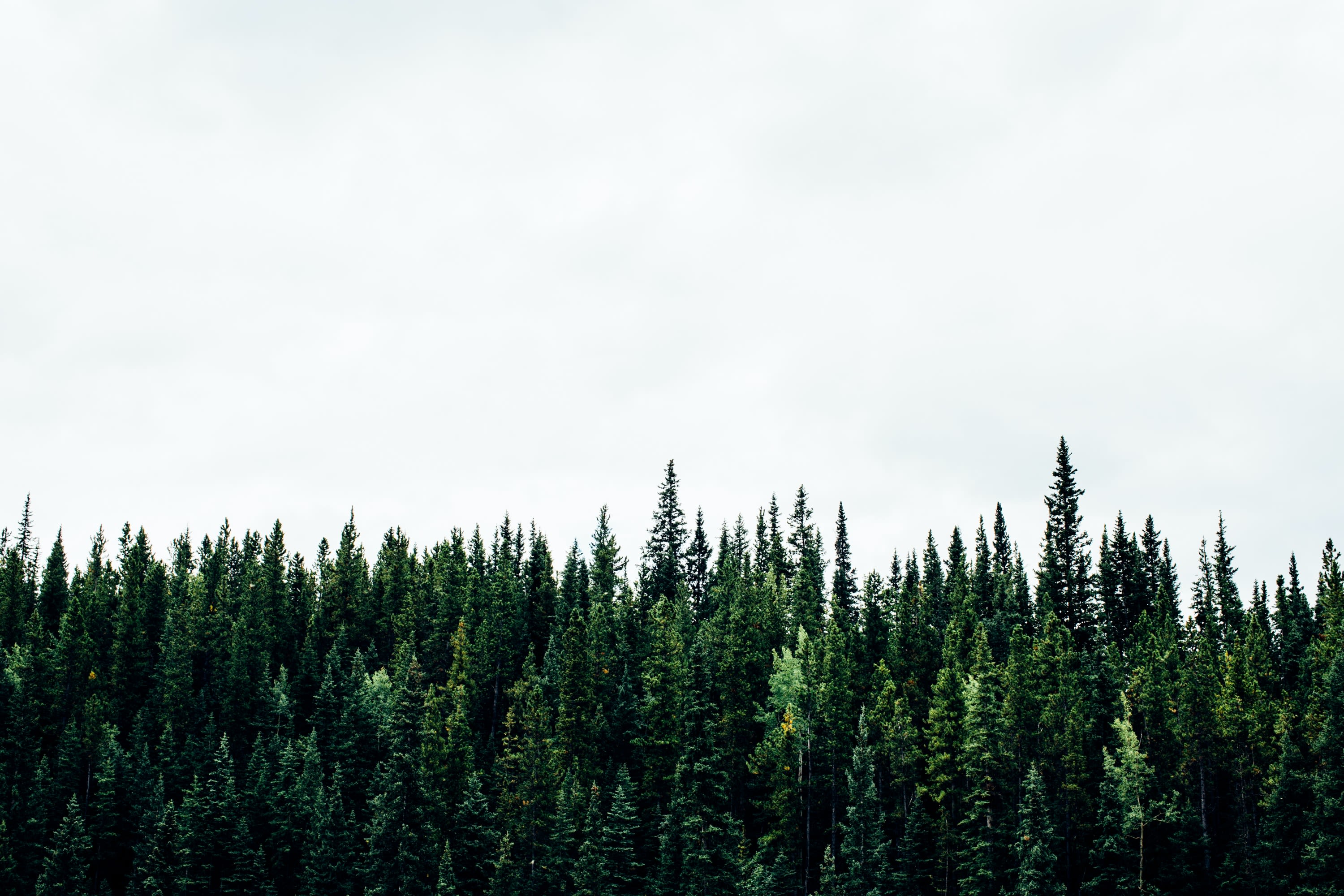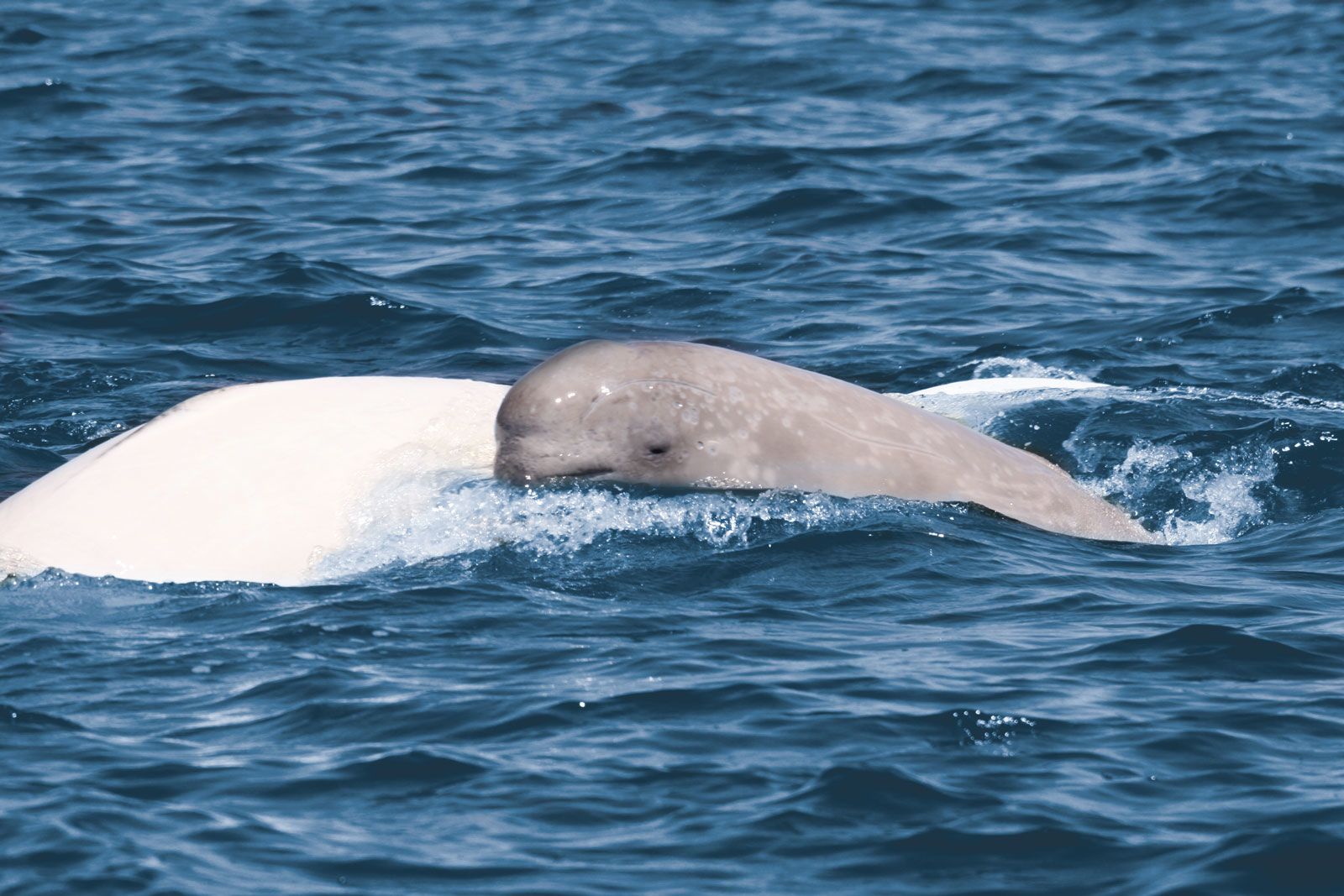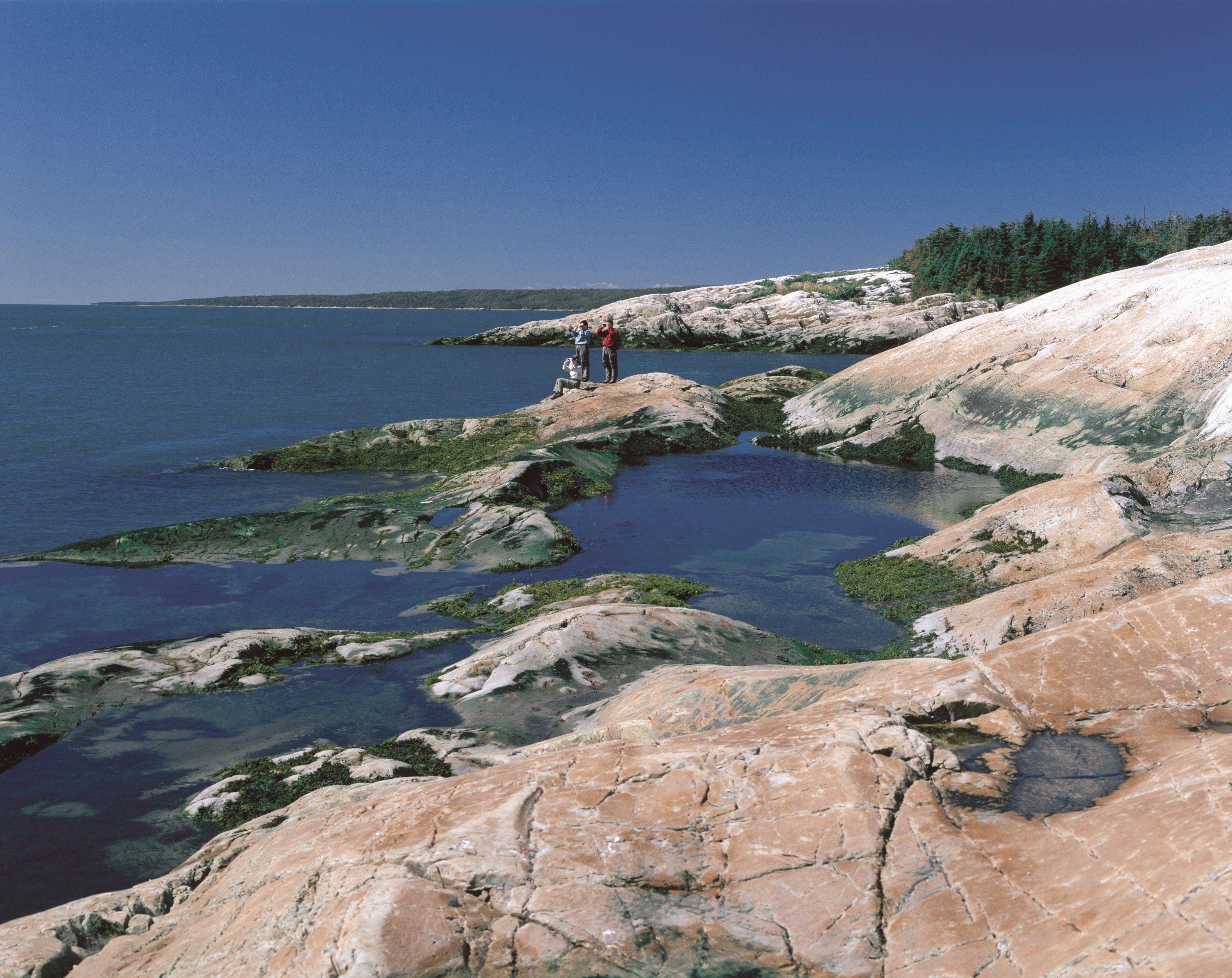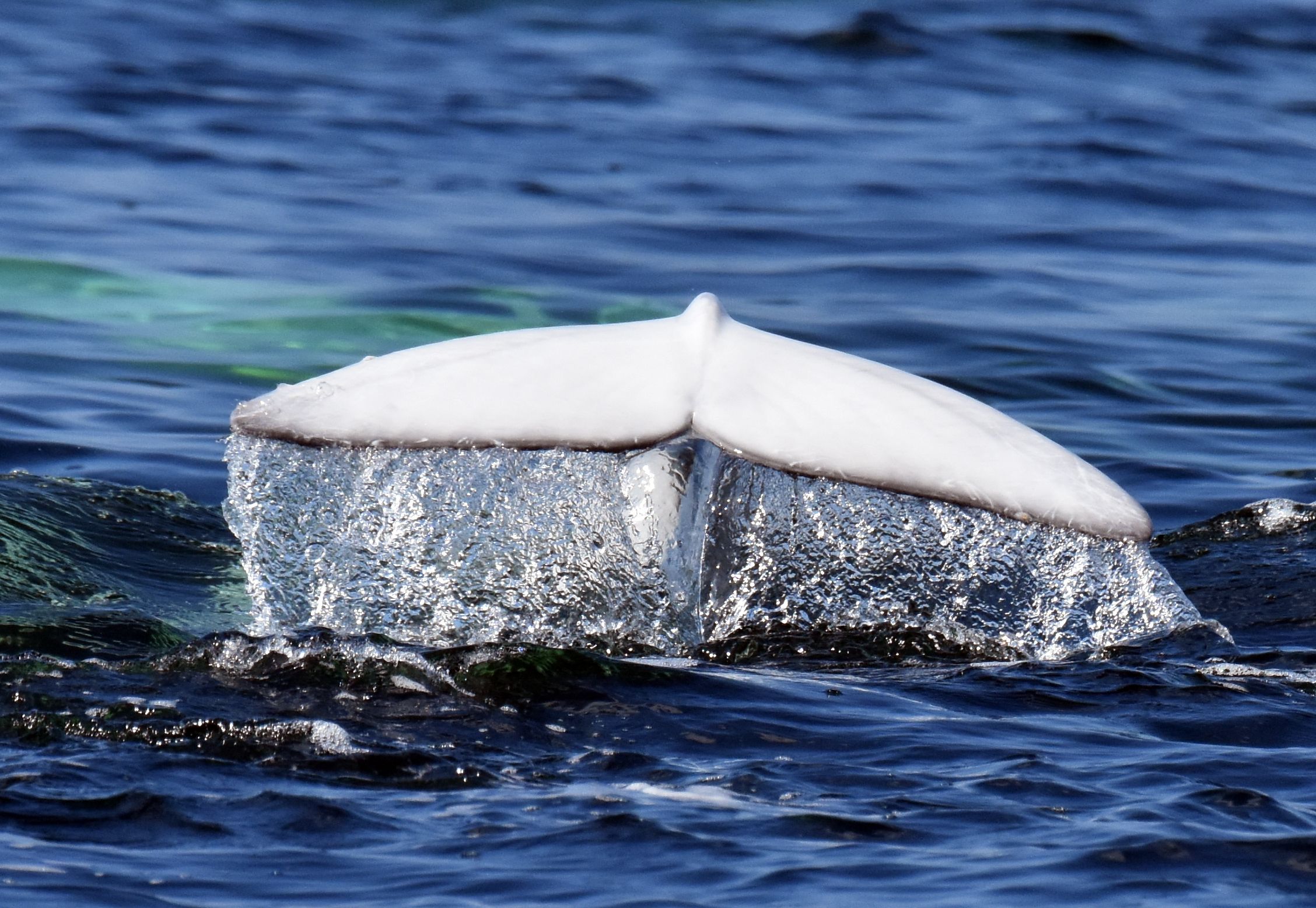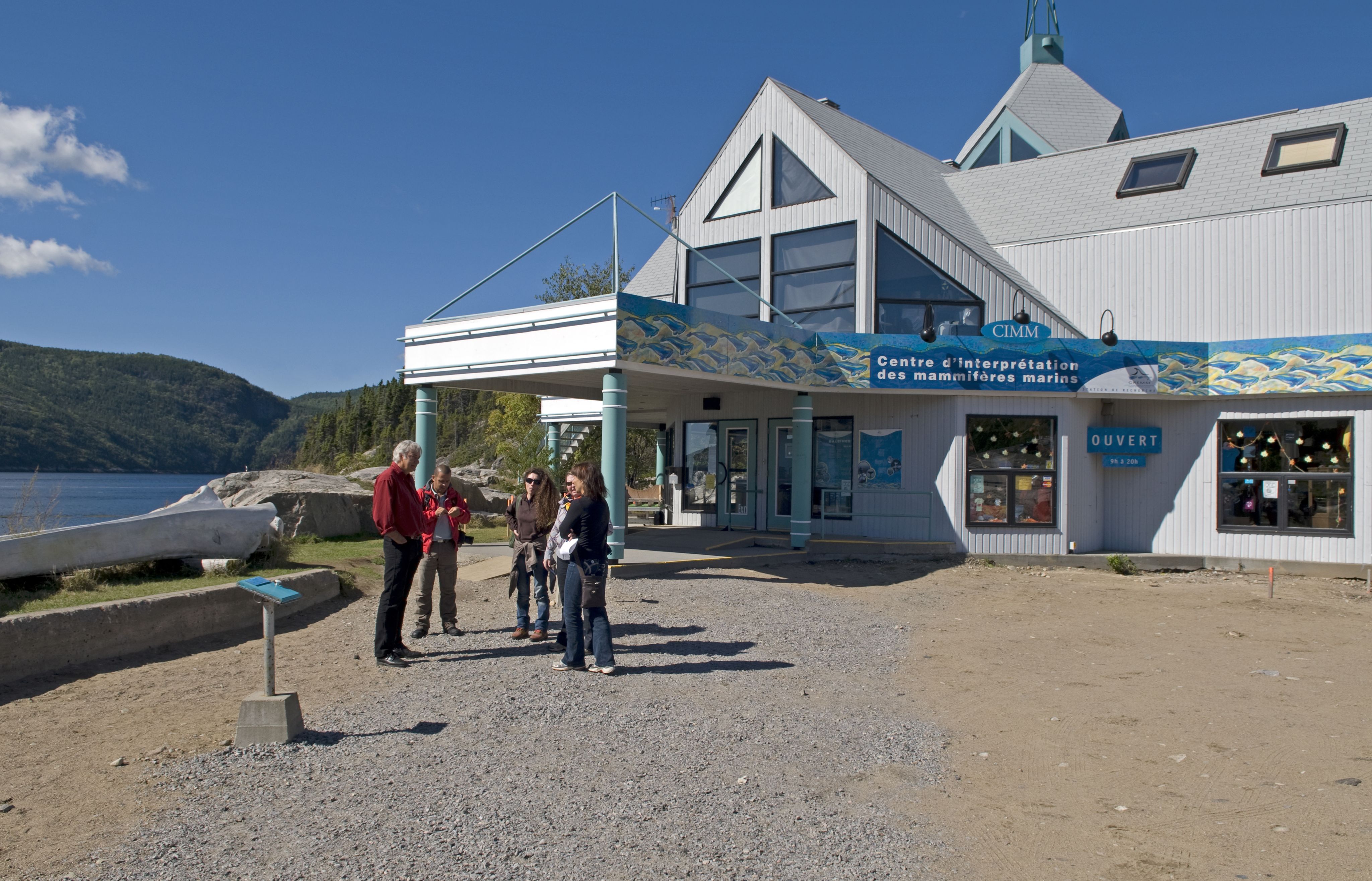A Sanctuary Under Threat
Protecting the Beluga Habitat in the St. Lawrence Estuary
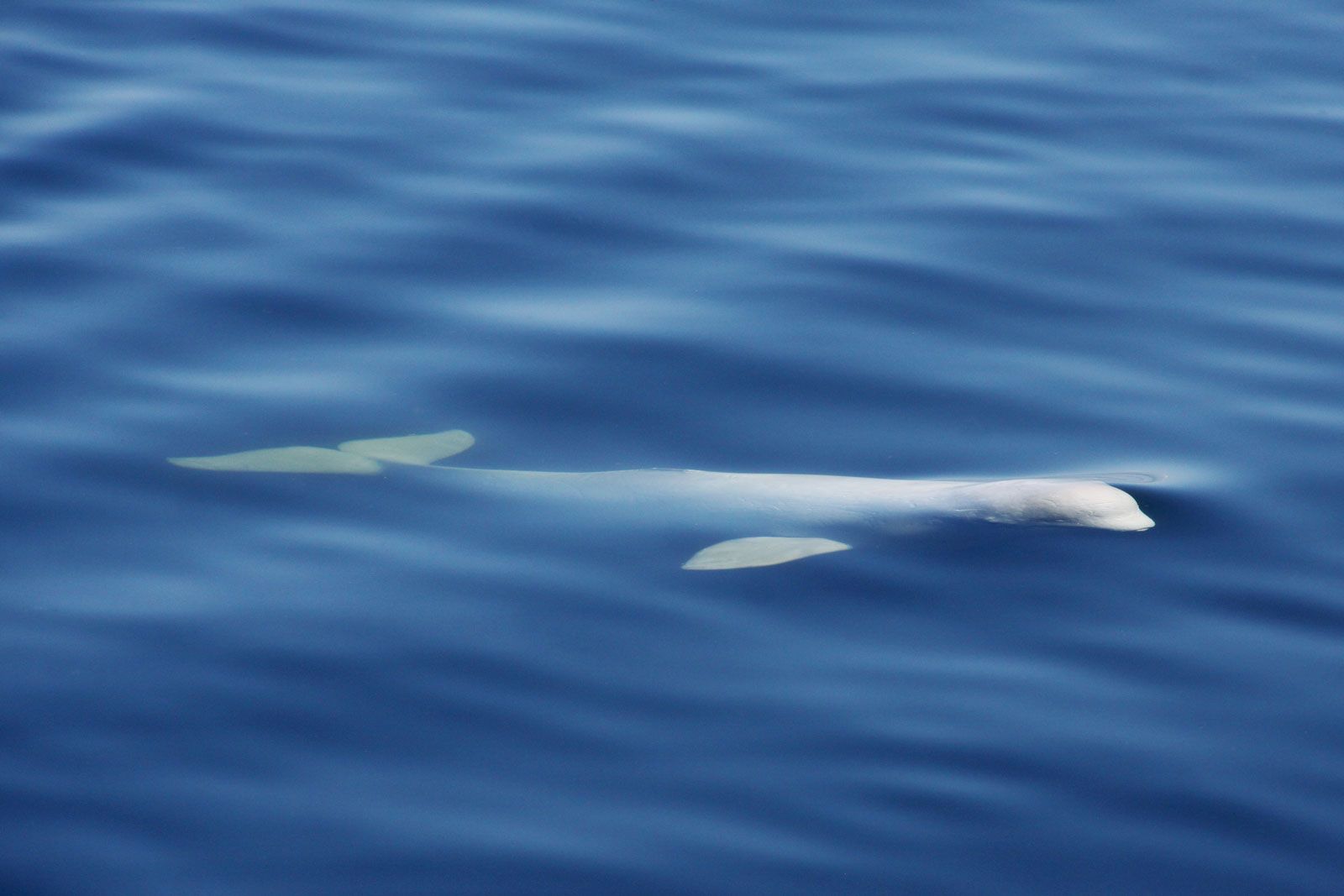
Even from a distance, the belugas capture the imagination. Their stark white bodies stand out against the deep blue of the St. Lawrence, making them unmistakable.
When they gather in groups, the sight is mesmerizing. Among them, young belugas, still cloaked in shades of gray, swim alongside their pods, hinting at the life cycle of a species that has endured for millennia.
Photo: Croisières AML
Photo: Croisières AML
For travellers seeking a deeper connection with nature, few experiences rival the chance to see these whales in their natural habitat. The St. Lawrence Estuary — located at the confluence of the St. Lawrence River and the Saguenay Fjord in Quebec — is not only home to an estimated 2,000 belugas but is also one of the world’s premier whale-watching destinations.
Yet, despite decades of conservation efforts, the belugas’ future remains uncertain, making every sighting both a privilege and a reminder of their fragile existence.
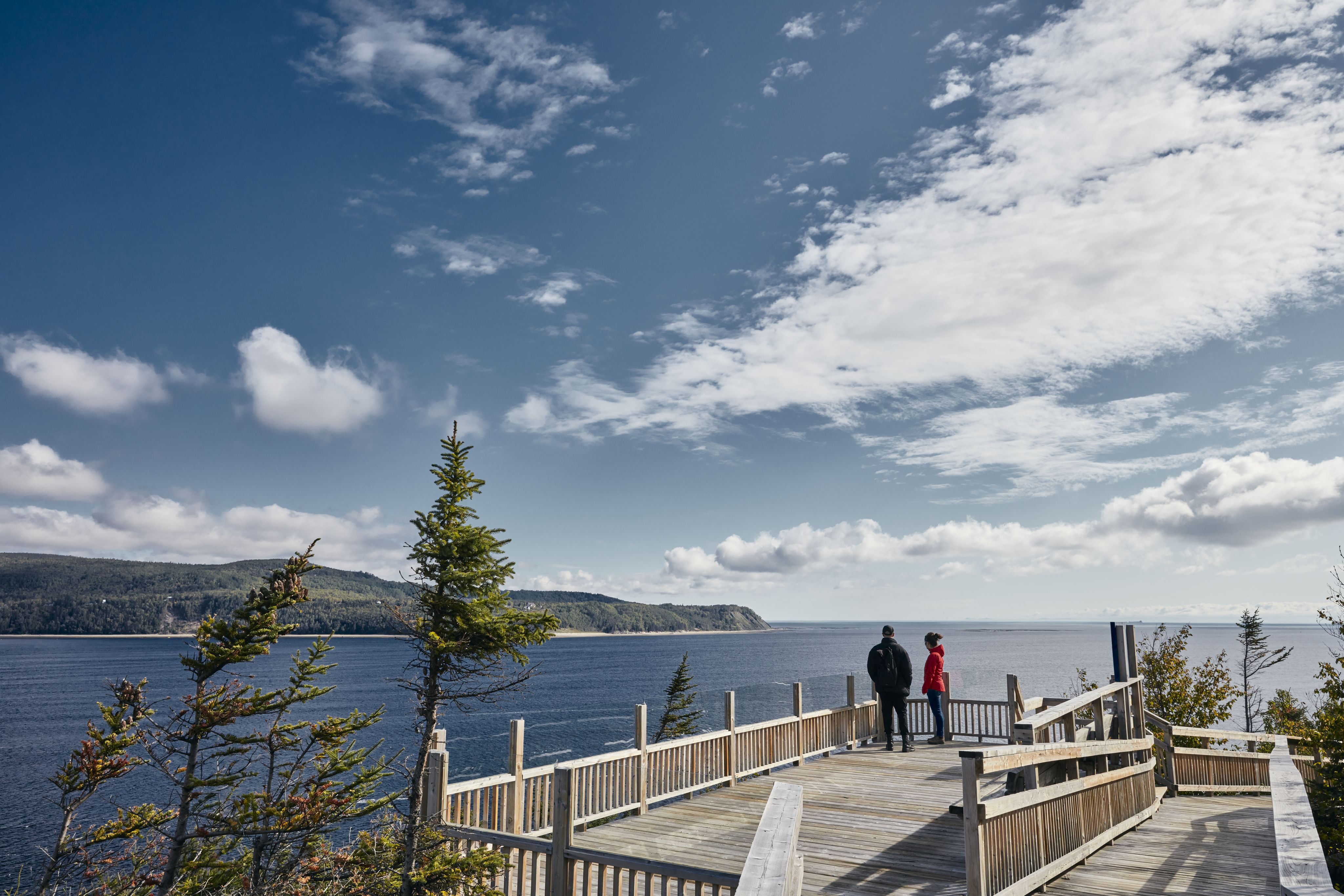

The Saguenay–St. Lawrence Marine Park, established in 1998, is at the heart of efforts to protect the belugas. Stretching over 100 kilometers, it offers visitors a chance to witness these incredible creatures while ensuring their safety. In March, Canada’s Ministry of the Environment announced plans to expand the protected area nearly fourfold, a significant step toward securing their habitat.
Photo: GouvQc/Jean FrancoisBergeron Enviro Foto
Photo: GouvQc/Jean FrancoisBergeron Enviro Foto

Unlike other whale species that migrate, belugas remain in the estuary year-round, though some venture east into the Gulf of St. Lawrence in winter.
This makes them a constant presence for those visiting Tadoussac and the surrounding coastal areas. During the summer months, they share these waters with fin whales, humpbacks, and even blue whales, adding to the region’s appeal as a haven for marine life enthusiasts.

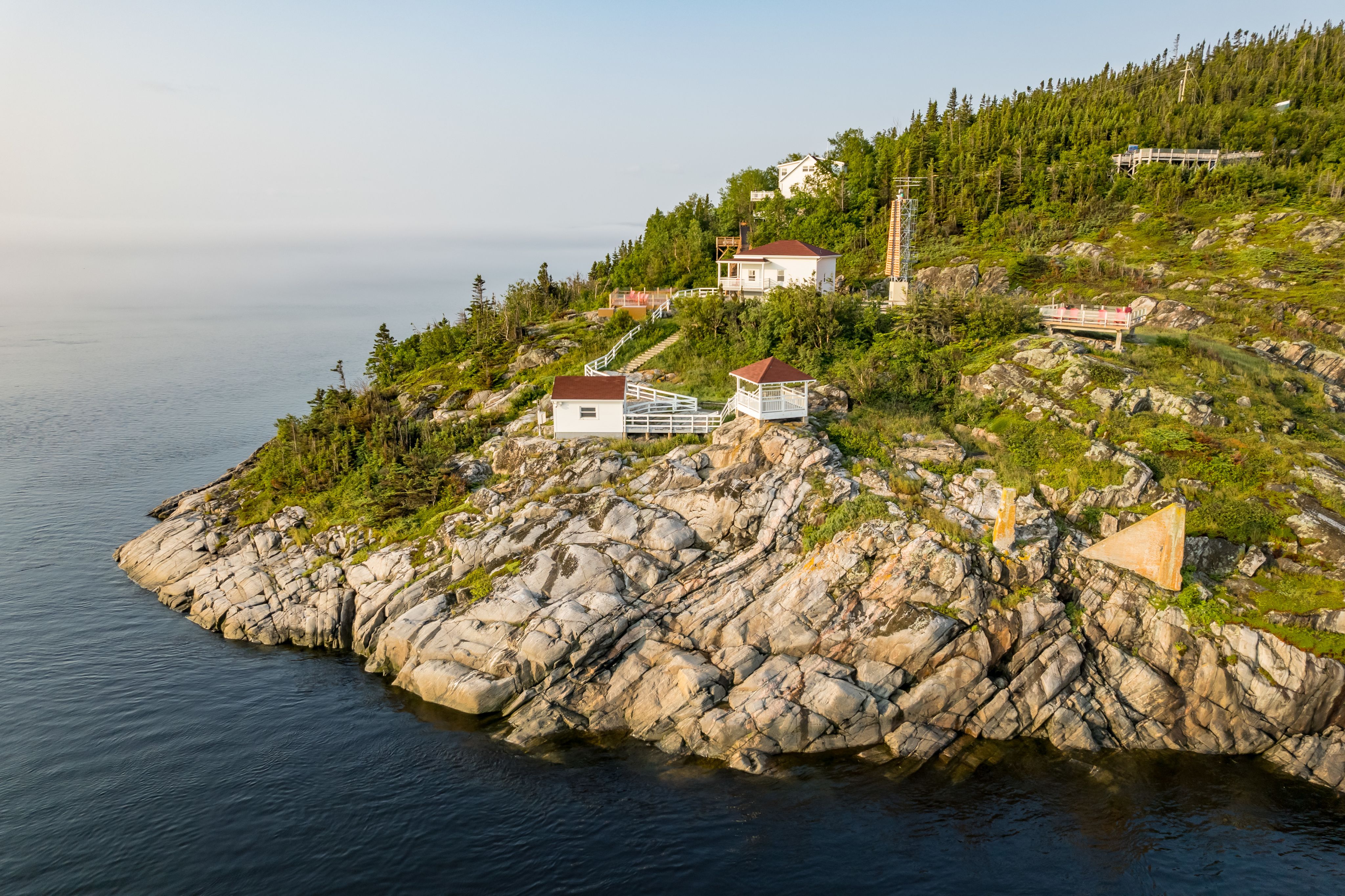
"I saw belugas this morning,” says Robert Michaud from his sunlit office in Bergeronnes, overlooking the St. Lawrence. Robert is the scientific director of the Group for Research and Education on Marine Mammals (GREMM), and while he believes that the marine park’s creation has helped to stabilize the population of belugas, threats persist. Since 2017, the St. Lawrence Estuary beluga has been classified as endangered under the Species at Risk Act.
“Our warning lights are still red; we remain concerned," he says.
Photo: Croisières AML
Photo: Croisières AML
Chemical contaminants such as PBDEs and PCBs, despite being banned for decades, continue to affect belugas, particularly their ability to reproduce. Since 1982, the Quebec Marine Mammal Emergency Network has examined stranded beluga carcasses. The findings are sobering — since 2010, 60% of deceased females were found to have died due to complicated childbirth, a stark increase from just 10% in earlier decades.
Other threats include dwindling fish stocks, which impact their food supply, and ice loss, which reduces the natural shelter they rely on during the harsh winter months. Noise pollution from shipping traffic also disrupts their ability to communicate and navigate — an issue that has become increasingly difficult to manage as human activity in the region grows.
Belugas, he adds, have “become a symbol of the St. Lawrence’s fragility.”

Belugas have inhabited the St. Lawrence for more than 10,000 years. Indigenous communities once relied on them for sustenance, and European settlers in the St. Lawrence Valley did the same, using their fat to make oil and their skin for leather.
But in the 20th century, misguided beliefs that belugas were depleting cod stocks led to mass slaughter. In the 1920s, hunting intensified and drastic measures — such as the bombing of the St. Lawrence in 1932 — were taken to eliminate the belugas.
The result was that by the 1970s, the once-thriving population of about 10,000 whales was reduced to just 500.
Despite the hunting ban put into place in 1979, the population has not significantly increased.
“The best understanding we have is that the population has remained relatively stable since hunting stopped,” Robert says.
With hunting banned, fascination with belugas surged. By the 1980s, whale-watching tours emerged in Tadoussac, drawing visitors eager to witness these animals in the wild.

Belugas have inhabited the St. Lawrence for more than 10,000 years. Indigenous communities once relied on them for sustenance, and European settlers in the St. Lawrence Valley did the same, using their fat to make oil and their skin for leather.
But in the 20th century, misguided beliefs that belugas were depleting cod stocks led to mass slaughter. In the 1920s, hunting intensified and drastic measures — such as the bombing of the St. Lawrence in 1932 — were taken to eliminate the belugas.
The result was that by the 1970s, the once-thriving population of about 10,000 whales was reduced to just 500.
Despite the hunting ban put into place in 1979, the population has not significantly increased.
“The best understanding we have is that the population has remained relatively stable since hunting stopped,” Robert says.
With hunting banned, fascination with belugas surged. By the 1980s, whale-watching tours emerged in Tadoussac, drawing visitors eager to witness these animals in the wild.

Agathe Poitras grew up around nature guides and has been working on whale watching boats since the 1990s. Today, she conducts up to four outings per day. Over the years, she has witnessed a shift in practices.
"Before the marine park set regulations, some people were reckless. The goal wasn’t to touch the belugas—but almost," she says.
Agathe now seeks to educate people about the belugas and the delicate ecosystem of the St. Lawrence Estuary on each boat trip.
“By telling people, ‘We’re going to move slowly. We have a maximum speed limit. When we arrive at the site, we’ll slow down and be careful with our approach,’" she says.
Today, belugas are strictly protected, and marine park authorities supervise cruise activities. Excursion boats must maintain a 400-meter distance, and areas like the Baie Sainte-Marguerite, which is a critical refuge for breeding belugas, are entirely off-limits to boats from June to September. There are limits on the number of boats and the time spent in certain areas.
Photo: Croisières AML
Photo: Croisières AML
Tour operators, including Croisières AML, where Agathe works, are part of the Eco-Whale Alliance, which was founded in 2010 to promote eco-friendly whale-watching practices.
“It’s not about chasing thrills anymore,” she says. “Now it’s about exploring and enjoying nature.”
For those eager to observe belugas, land-based viewing can offer some of the best experiences, Robert says. There are many great vantage points in the region, including outside of the Marine Mammal Interpretation Centre (CIMM) in Tadoussac, where Robert works.
The CIMM can also help visitors put the experience of seeing the belugas into perspective through the exhibits and projects showcased at the centre. It includes Canada’s largest collection of whale skeletons and has staff on hand to answer questions.
Photo: Cote-Nord GouvQc/Cecile Benoit
Photo: Cote-Nord GouvQc/Cecile Benoit
In the end, the magic of the St. Lawrence isn’t just about seeing belugas — it’s about understanding them.
"We want people to grasp how rich and complex beluga society is, how vulnerable they are, and how lucky we are to share this space with them," Robert says.
For travellers, that means embracing the unpredictability of nature, appreciating the privilege of witnessing these extraordinary creatures, and doing their part to protect the fragile world of the St. Lawrence Estuary belugas.
Andréanne Joly
Andréanne Joly loves to explore, delve into, and showcase the francophone culture of Canada and its attractions. A journalist and a writer, she regularly collaborates with tourism organizations such as NorddelOntario.ca and the Culinary Tourism Alliance and news media, such as Francopresse.ca, L’Express, Le Voyageur.

Canada. Crafted by Canadians.
